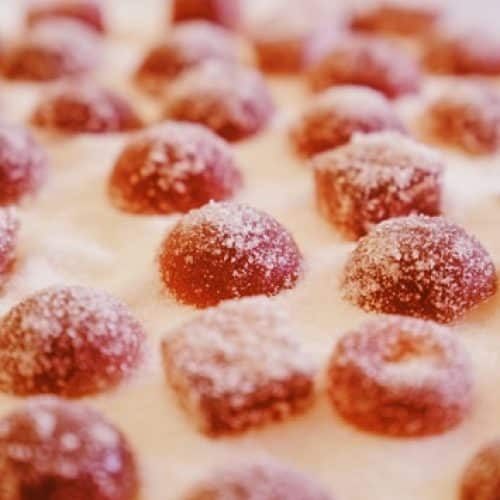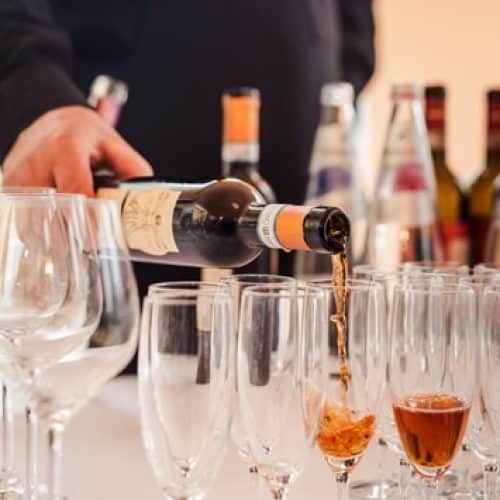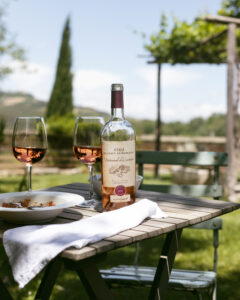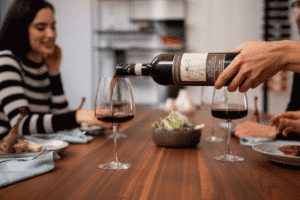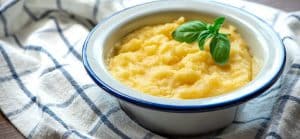As in life, even at the table the combinations – with some rare exceptions – work by affinity or by contrast. When choosing a dessert wine, it is usually done by affinity. Sweet with sweet is the first rule to follow when choosing a wine to pair with a dessert.
The reason is physiological: if we bit something sweet and drink a sip of dry wine, we would feel the acidic and bitter components in an accentuated way, and the next bite would be even sweeter. If instead we pair with a sweet wine, the sugar is less evident and we will perceive its aromas better; the subsequent bite of dessert, moreover, will not be cloying, but enhanced by the wine.
Among the most loved and well-known Italian dessert wines there is certainly Vin Santo, which deserves a special mention because it pairs well with cantucci, but not only. Cantine Leonardo Da Vinci produces Vin Santo Villa da Vinci, obtained from grapes harvested in a small hilly area in the municipality of Vinci, left to dry all winter before being pressed and left to rest in the characteristic caratelli, small oak barrels specially used for fortified wines.
The Vin Santo of the Villa da Vinci collection releases its intense aromas and rich taste.
Velvety and fresh, it is excellent at the end of the meal, especially with Tuscan dry pastries, but also with creams, for example a Catalan cream that balances the acidity
of this wine.
There is a large array of Italian dessert wines, obtained from different vines.
Some main categories can be identified: sweet wines such as Moscato d’asti or Moscato di volpara, white, or Brachetto d’Acqui which is a red dessert wine. These are wines with low alcohol content, the sweetness of which is typical of the grapes from which they are obtained, which are harvested at the right level of ripeness and processed so as to leave sugary residues in the wine. They are suitable to accompany dry sweets, biscuits or fruit, but also hazelnut-based dishes.
The passito wines, however, such as Passito di Pantelleria, Malvasia di Lipari, Torcolato, Erbaluce di Caluso and many others, are obtained from overripe grapes, that are left longer on the vine, or harvested and then dried on special racks and mats before being worked, to concentrate the sugars in the berries. The raisins have an alcoholic degree and a higher aromaticity. They can be paired with richer and more aromatic desserts, such as jams, fruit, tarts, or strüdel, or spiced dishes like panforte. Lastly, there are the sweet fortified wines, such as Marsala, which are obtained with the addition of alcohol during fermentation: the result is a very alcoholic wine which usually has to mature for a long time before being drunk.
These wines, which can also be tasted on their own, are very aromatic and complex, so much so that they can even be paired with chocolate, usually not accompanied by wines, and even stand up to some aged cheeses.


